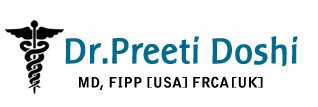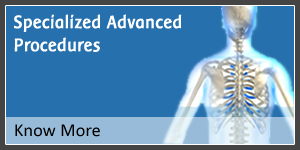What is PRP OR PLATELET RICH PLASMA
A Regenerative therapy which utilizes body’s inherent healing potential to heal injured or degenerated musculoskeletal tissues to alleviate pain and improve function.
PRP (Platelet-rich plasma) is a therapeutic product with high platelet concentration prepared from small quantity of one’s own blood (autologous) with the help of a special centrifuge equipment in our dedicated set-up of “Regenerative and Restorative Medicine department”.
Platelets are one type of blood cells containing a plethora of growth factors packed in tiny vesicles (alpha granules). These growth factors are essential to the healing process.
Who are the candidates:
It is used with good success rate for a number of conditions causing ongoing chronic pain as a result of degenerative pathological affection., working on the principle of regeneration of injured body tissues by targeted delivery of growth factors made possible by using ultrasound guidance .
The painful conditions who can benefit the most are as follows:
- Osteoarthritis: Knee, Hip, Shoulder, Small joints
- Tennis Elbow/Golfer’s Elbow
- Plantar fasciitis
- Tendo achilles tendinopathy
- ACL Tears
- Rotator Cuff Tears
- Bursitis
- Sports Injuries
- CARPAL-TUNNEL SYNDROME
- Pain due to Intervertebral disc,Facet,SI joint degeneration.
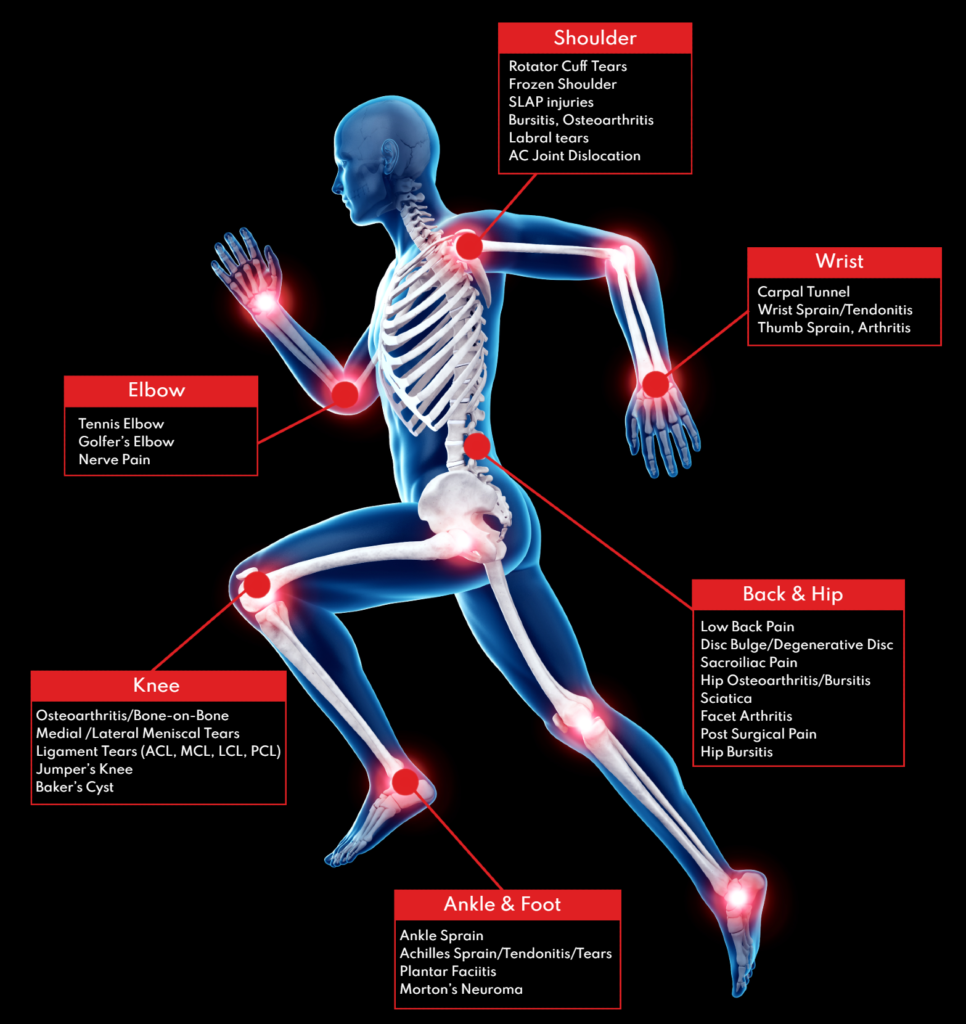
Process:
How is PRP prepared ?
PRP has been developed with a multitude of formulations.
We follow the below mentioned procedure with a sophisticated equipment as shown. 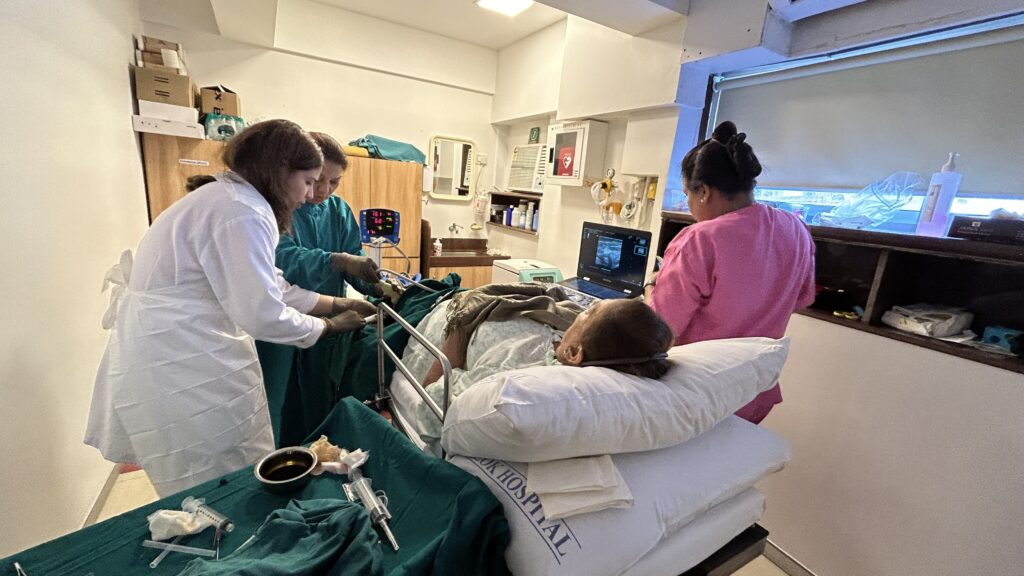
- 25 cc of patient’s blood is withdrawn form a vein & placed in a tube containing small amount of an anticoagulant
2) Processed in a special centrifuge equipment (~15 minutes) to prepare 3-5 times concentration of platelets.
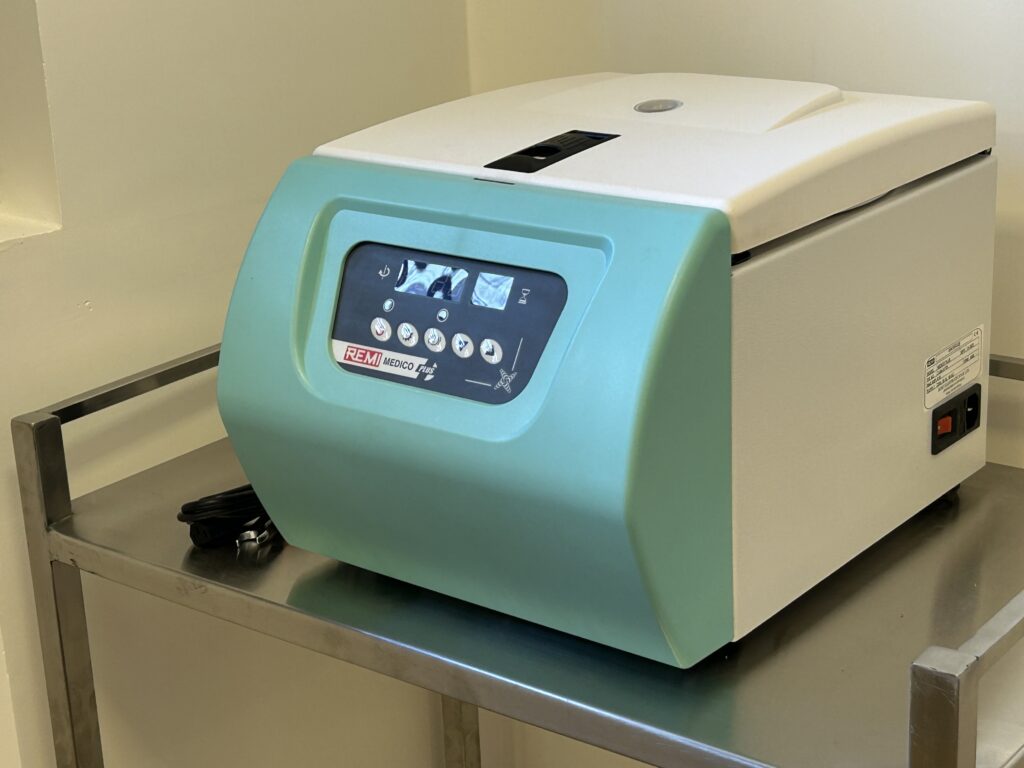
3.Inject the centrifuged platelet rich plasma in the target tissue ideally with imaging guidance (ultrasound guidance) or by landmark technique with sterile precautions.
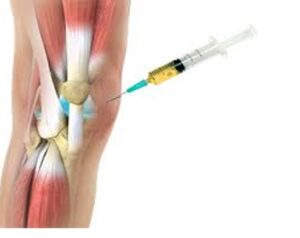
Outcomes:
A good number of patients obtain sustained relief of pain with PRP as compared to steroid injections. The patients also have the benefit of avoidance of strong analgesic drugs such as diclofenac, ibuprofen etc which can have several side-effects.
Intra-articular injection of LP-PRP is a safe treatment and there is strong (level 1) evidence demonstrating its ability to reduce pain symptoms and increase function in patients diagnosed with osteoarthritis of the knee.
Abundant high-quality evidence supports the use of PRP injection for lateral epicondylitis and for osteoarthritis of the knee. Moderate high-quality evidence supports the use of PRP injection for patellar tendinopathy and plantar fasciitis in addition to many other pain conditions resulting from inflammation of bursa, ligaments, etc .
Autologous PRP is a promising upcoming option for the treatment of patients with spine related pain due to degeneration of intervertebral disc, lumbar facet joint or Sacroiliac joint related pain.
